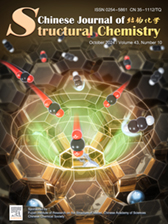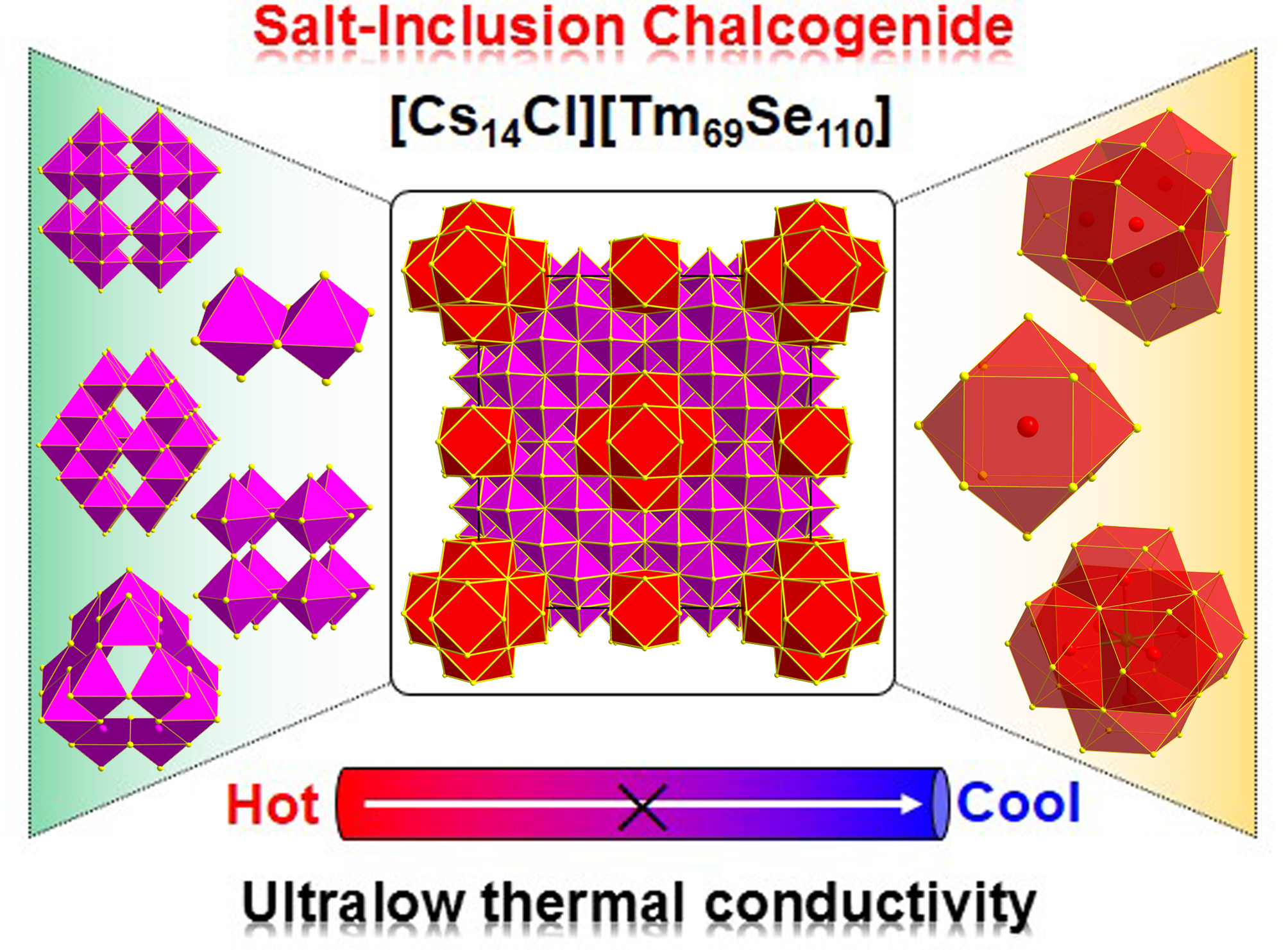
Electrostatically driven kinetic Inverse CO2/C2H2 separation in LTA-type zeolites
Yongheng Ren, Yang Chen, Hongwei Chen, Lu Zhang, Jiangfeng Yang, Qi Shi, Lin-Bing Sun, Jinping Li, Libo Li*
Submit a Manuscript
Hong Chen, Mao-Yin Ran, Long-Hua Li*, Xin-Tao Wu, Hua Lin*
Chin. J. Struct. Chem., 2024, 43: 100397. DOI: 10.1016/j.cjsc.2024.100397
October 15, 2024
Salt-inclusion chalcogenide; Rare-earth element; Mixed valence state; Ultralow thermal conductivity; Thermoelectric material
ABSTRACT
As an emerging class of inorganic hybrid materials, salt-inclusion chalcogenides (SICs) have garnered significant attention in the past decade owing to their distinct host-guest structural characteristics and outstanding performance in the field of optoelectronics. In this study, a novel quaternary SIC [Cs14Cl][Tm71Se110] has been discovered using an appropriate flux method. The structure comprises two distinct parts within the lattice: the host [Tm71Se110]13− framework and the guest [Cs14Cl]13+ polycation. Notably, this structure reveals the presence of mixed-valent Tm2+/Tm3+ and different types of closed cavities for the first time. Additionally, thermal transport performance testing shows that it has ultralow thermal conductivity, ranging from 0.29 to 0.24 W/m⋅K within the temperature range of 323–673 K, which is one of the lowest reported values among polycrystalline chalcogenides. This research not only advances the coordination chemistry of rare-earth-based compounds but also reaffirms that SIC semiconductors are promising systems for achieving ultralow thermal conductivity.






